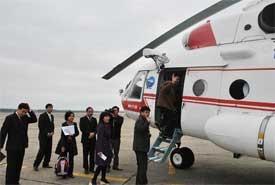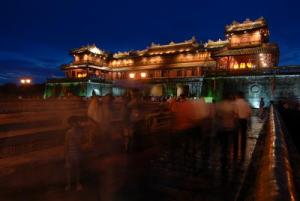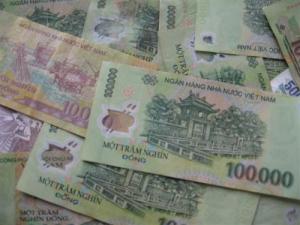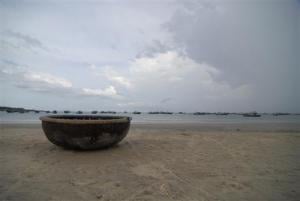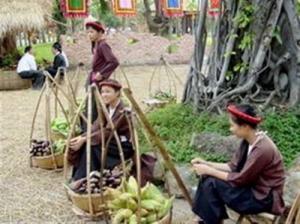Vietnam Industrialization Arises Concern on Food Security
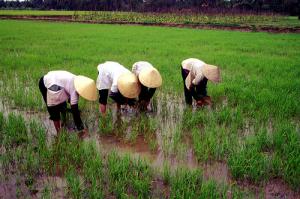
Striving to become an industrialized nation by 2020, moves undertaken by different sectors involved in the industrialization efforts continuously cause concerns being raised on Vietnam’s food security owing to the remarkable rice field loss and other major agricultural lands greatly affected on the process. The recent statement by Nguyen Dang Vang, NA Science, Technology and Environment Committee deputy director, caused more opposing reactions from the concerned sectors. According to him, it is necessary for Vietnam to reduce its agricultural production to boost the industrial zone claiming economic growth in agriculture is not as promising compared to industry and services. Records show that the average annual growth of agriculture is at 2-4% while industry and services reel around 7-10%. He also stresses on the fact that a hectare of industrial land could earn about VND2 billion (US$111,000) while the same size of land growing agricultural products could only make VND45 million ($2,250). With that, the issue on Vietnam’s GDP is brought up with emphasis that industrialization could better contribute to the GDP.
Apart from that, the Ministry of Natural Resources and Environment proposed to reduce the amount of land utilized to grow rice from 4.1 million hectares down to 3.8 million hectares. Vietnam’s capacity to produce up to 39 million tonnes of rice with just less than 25% exported to other countries, Vietnam shows a surplus in food. They also forecast that the Vietnamese people will prefer noodles, egg, meat and vegetables over rice in the next 10-20 years.
The Cost of Industrialization
Though industrialization has good things to offer, food security should be recognized as a crucial issue. Any country needs to move towards industrialization to boost its economic growth, but it should not cause the depletion of agricultural lands. If you are to look around Vietnam’s neighbors, the picture becomes clearer and the importance of protecting rice cultivation is better understood.
Known as among the richest country in the world, The Republic of Korea do not really have suitable land ideal for cultivating rice. However, it tried to ensure domestic food security of which the country obviously succeeded. On the other hand, Philippines, which used to be a very rich agricultural region, now has to depend on food imports because of the lack of efforts done to ensure the country’s food security during the past decades.
More than 500,000 hectares of cropland has already been taken into industrial use between 2001 and 2007 and the amount of available farmlands continued to shrink, losing about 125,000 hectares of rice fields in 2008. The trend continues until present. And with that, rice production in Vietnam fell to about 1 million tons of rice per year. Many fear that if this goes on, the decreasing rice exports in five years would equal to current rice exports. Vietnam will then no longer have extra rice for export and, in the long term, even threatening its internal food security. With the population trend showing an increase of 0.9 million every year, the country will have to need around 38-39 million tonnes of rice to feed another 20 million people by 2030.
Vietnam is known as one of the world's largest rice producers supplying rice to other nations across the globe and even exporting to its neighbors like Africa and Philippines. Those who are pushing for the country’s industrialization insist that the value of rice increases tenfold after processing citing how the quality of Japanese rice is on a par with Vietnamese rice but is greatly improved by processing using cutting edge technology. A kilogram of Japanese rice is sold at $6, while the same amount of Vietnamese rice only costs less than $1 (VND15,000). They say that industrialization would also help in moving up the standards of Vietnam-grown rice, of which, is labeled as one of the cheapest rice in the world. It will be done but setting up processing factories in every rice-growing locality. When the right science and technology is applied, the agricultural sector’s productivity will increase significantly and the proper processing would raise the value of domestically produced rice 4-5 times.
Promising, it may seem, and with the viability of the concept, it should not be discounted as well if Vietnam truly wants to move forward. Authorities would just have to consider every single detail to avoid making mistakes in the long run like what happened to some of its neighbors. The country is a known strong agricultural resource. Vietnam's urbanization and industrialization is indeed necessary. But with its agriculture remained the country's "strong point”, it should be considered carefully in its industrialization endeavors.




